According to statistics from the Ministry of Agriculture and Rural Development, currently, with the scale of the livestock industry (buffalo, cows, pigs and some types of cattle and poultry), the total amount of waste discharged into the environment each year is estimated at about 82 million tons.
|
The main sources of greenhouse gas emissions from the livestock industry are CH4 from the rumen of ruminants (when they burp) and CH4 and N2O from animal manure. Of these, only about 20% of liquid waste and 50% of solid waste are treated.
According to the Department of Livestock Production (Ministry of Agriculture and Rural Development), to limit greenhouse gas emissions from the rumen of cattle and buffaloes, the most effective solution is to replace roughage with silage, MUB nutritional cake and use nitrate salt to replace urea in livestock diets. For animal manure, CH4 and N2O emissions can be reduced by using biogas plants, utilizing CH4 gas for cooking or generating electricity.
These solutions have been applied by large-scale farms and livestock enterprises in recent years. However, currently, the country has about 35,000 medium-sized livestock farms and millions of small-scale livestock households that do not have the conditions to invest in effective emission reduction solutions.
According to Decree No. 06/2022/ND-CP, production and business establishments with emissions of 3,000 tons of CO2/year or 65,000 tons of waste/year are required to conduct greenhouse gas inventories. This means that without support solutions, tens of thousands of livestock farms with a scale of 1,000 - 3,000 cattle will face difficulties due to having to conduct greenhouse gas inventories and incur additional investment costs for green transformation.
In practice, the investment costs for renovating and upgrading barns (such as using biological bedding, adding or changing feed ingredients, and installing wastewater treatment systems) are very high.
According to the Dong Nai Province Livestock Association, although the transition towards reducing greenhouse gas emissions is a mandatory trend, the livestock sector alone needs to calculate a suitable roadmap.
Mr. Nguyen Duc Trong, Vice President of the Vietnam Farm and Agricultural Enterprise Association, said that in the short term, from now until the end of 2026, only incentives should be applied to livestock farms to carry out inventory and control greenhouse gas emissions. In the long term, the Ministry of Agriculture and Rural Development, together with ministries, sectors and localities, need to study and submit to the Government policies to support the livestock industry in investing in green transformation.
Specifically, there should be a land support mechanism to plan concentrated livestock farming areas, encourage businesses to cooperate in developing and replicating emission-reducing livestock farming models. At the same time, credit programs with preferential interest rates from the budget should be developed to support livestock farmers in investing in appropriate technology.
Regarding import-export policies related to livestock and animal feed, experts said that the Government has issued a Decree on supporting investment in sustainable livestock development and a Project on developing the animal feed processing industry for the 2021-2030 period. Ministries, sectors and localities need to actively implement these goals.
For example, in the field of tax, it is necessary to soon issue a policy to reduce the tax on soybean meal from 3% to 0%, because this is a completely imported raw material that cannot be produced domestically. At the same time, it is necessary to study the conversion of part of the arable land area to grow corn, cassava, grass, or corn biomass for animal feed. In addition, it is necessary to have a planning and investment plan to develop the production of animal feed rich in protein from insects (such as black soldier flies, earthworms) or seaweed to replace part of the protein from soybeans.
Source: https://thoibaonganhang.vn/chan-nuoi-nong-ho-can-tro-luc-chuyen-doi-xanh-157899.html

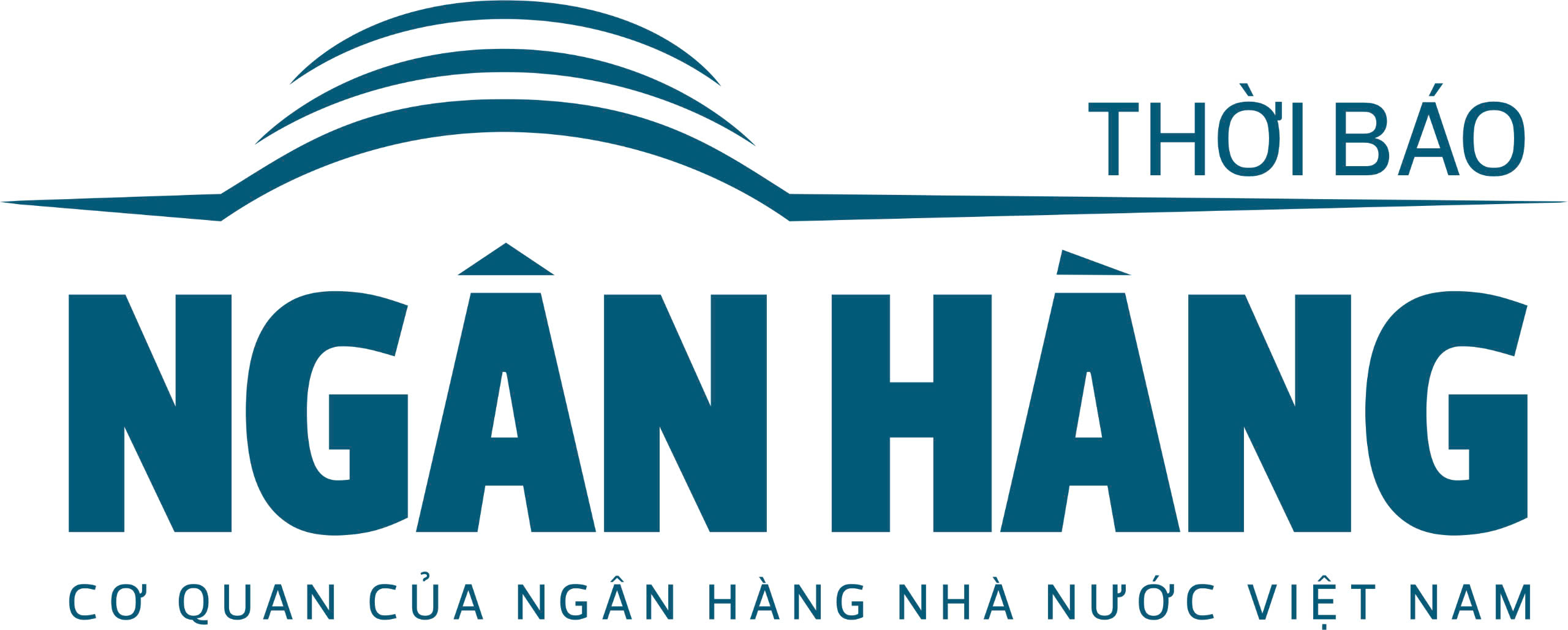
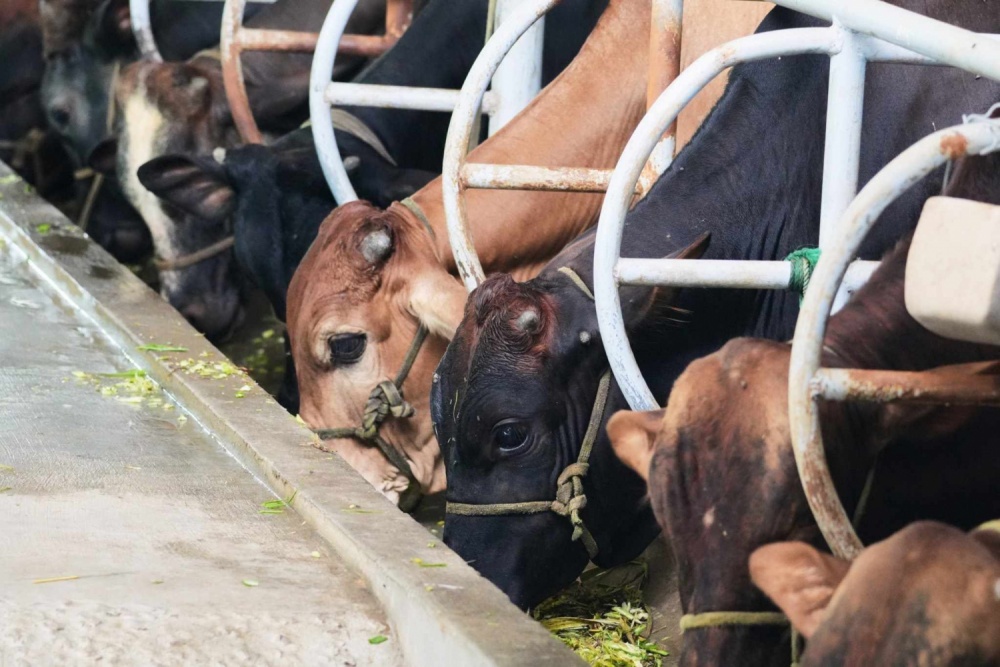










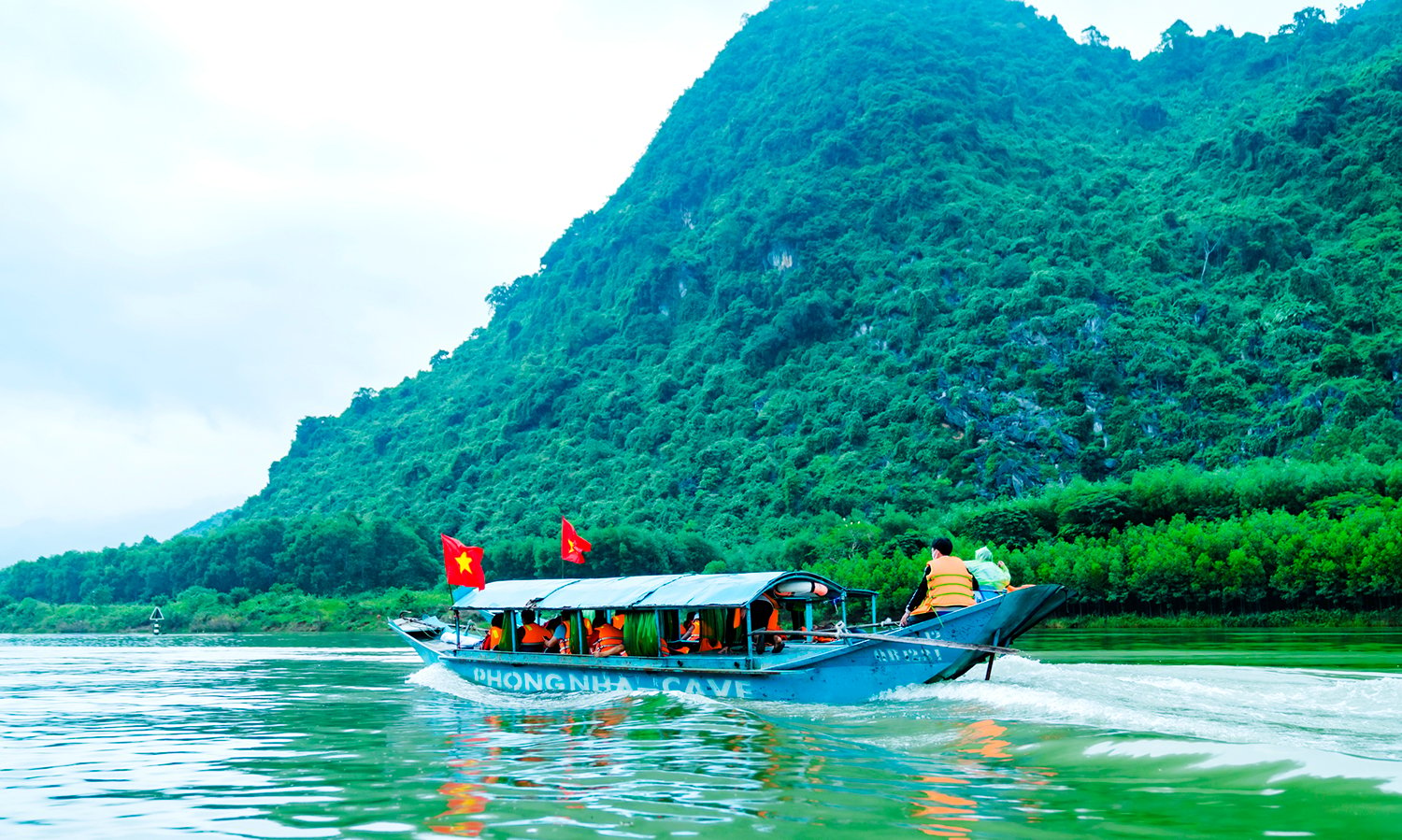

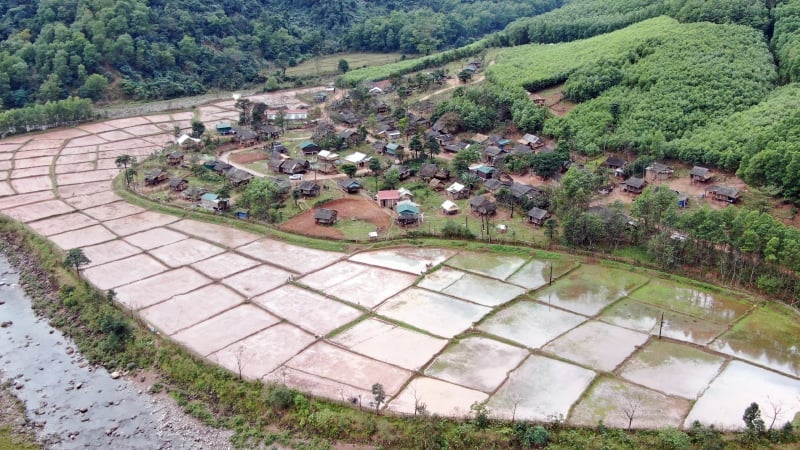
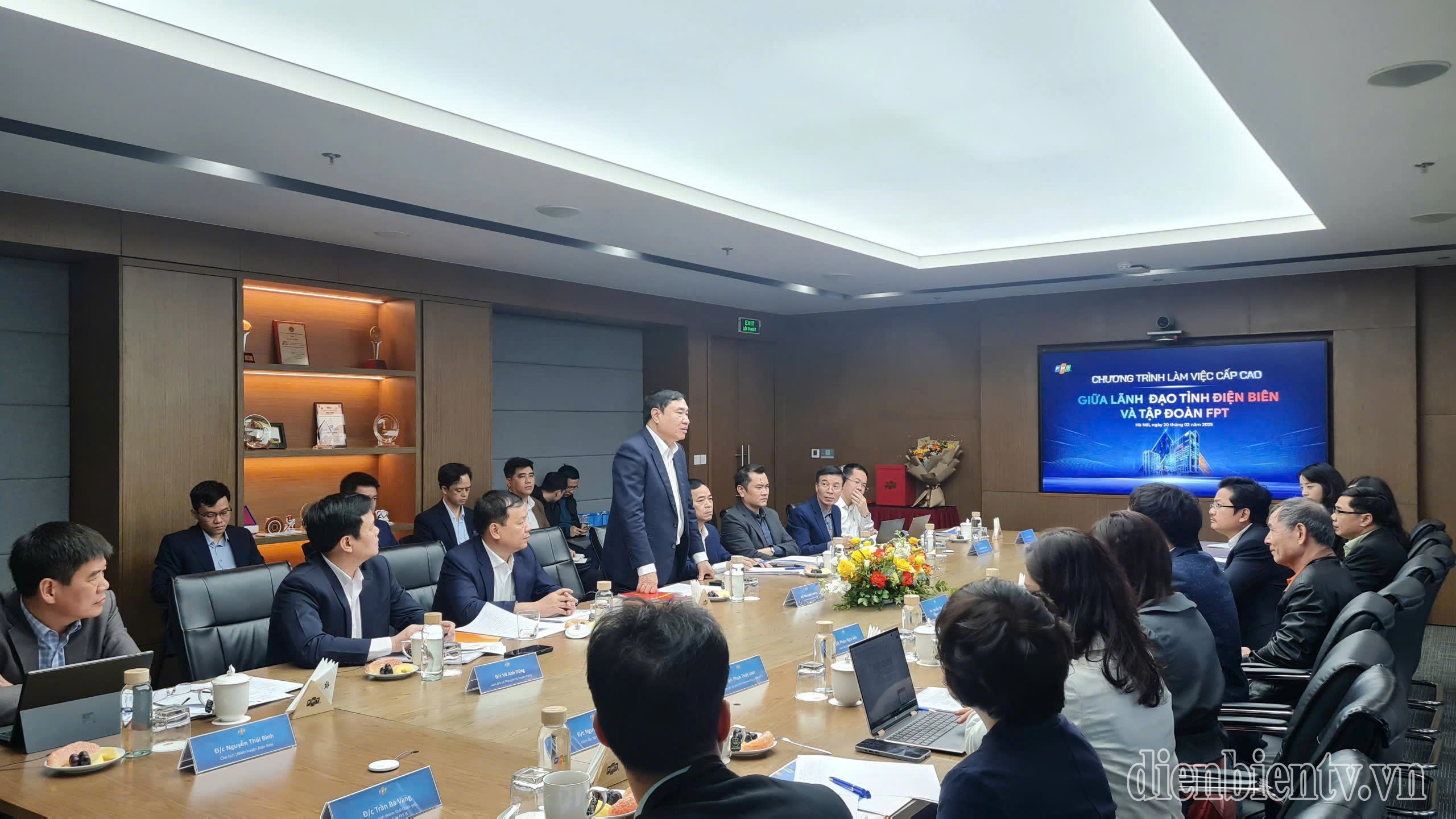
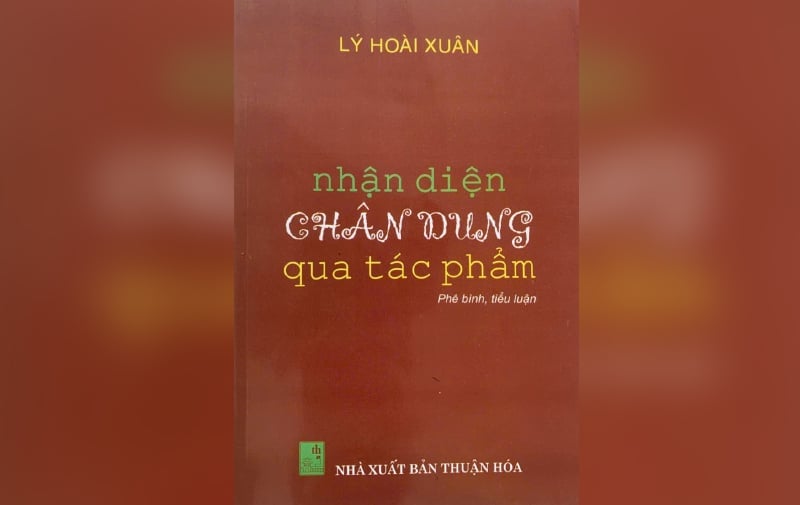
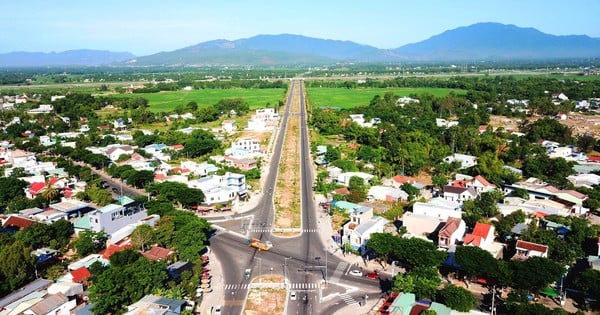

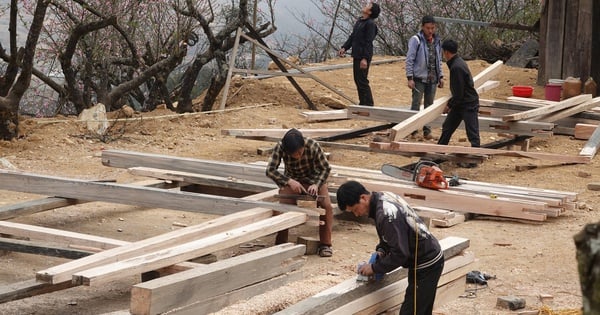
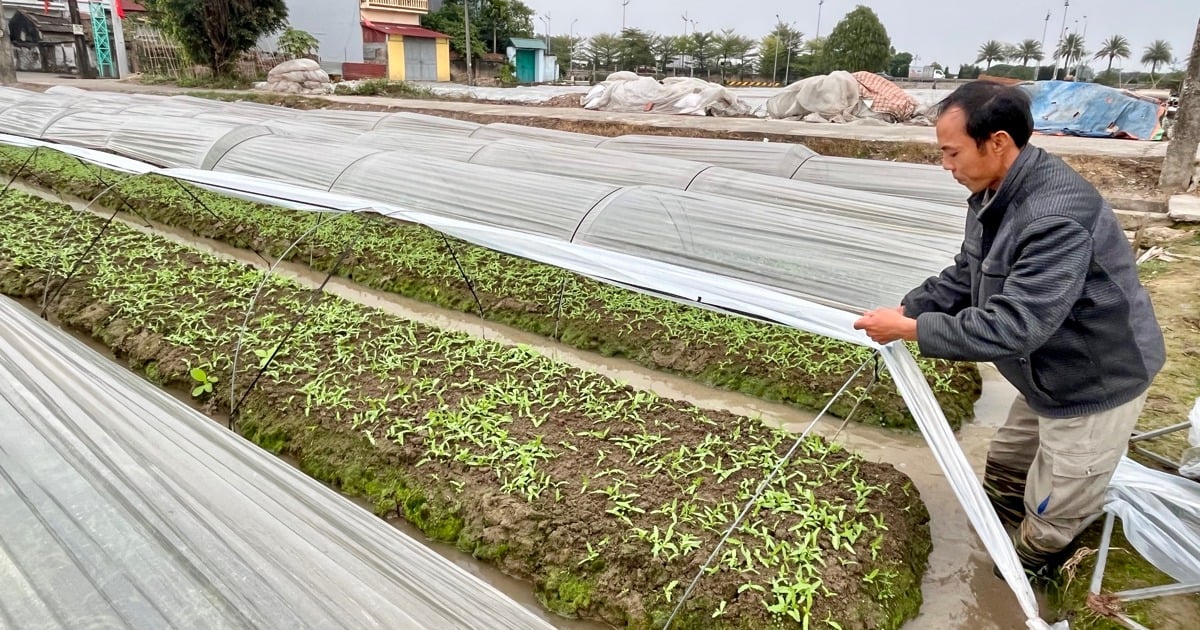

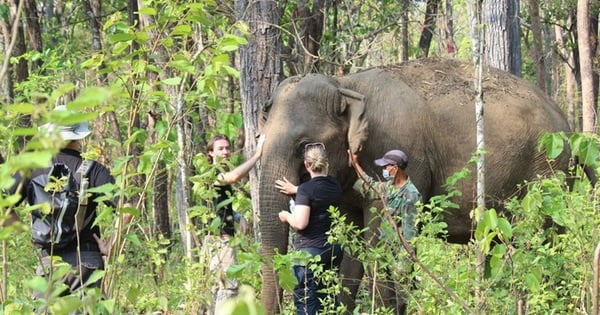
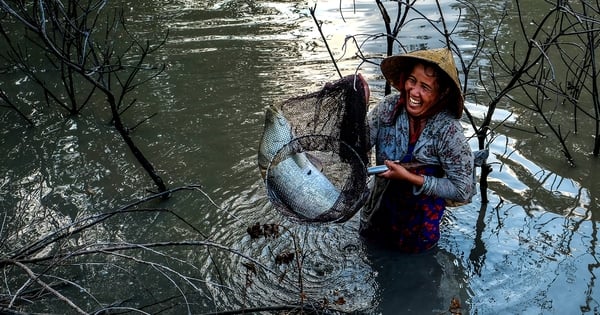
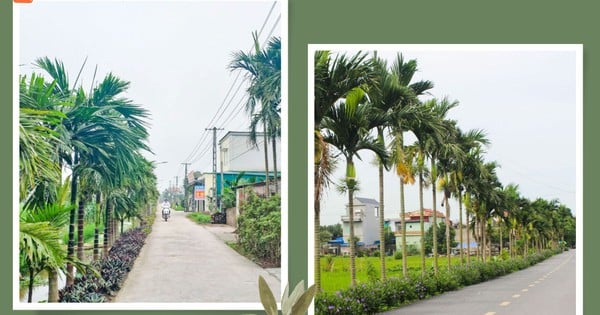

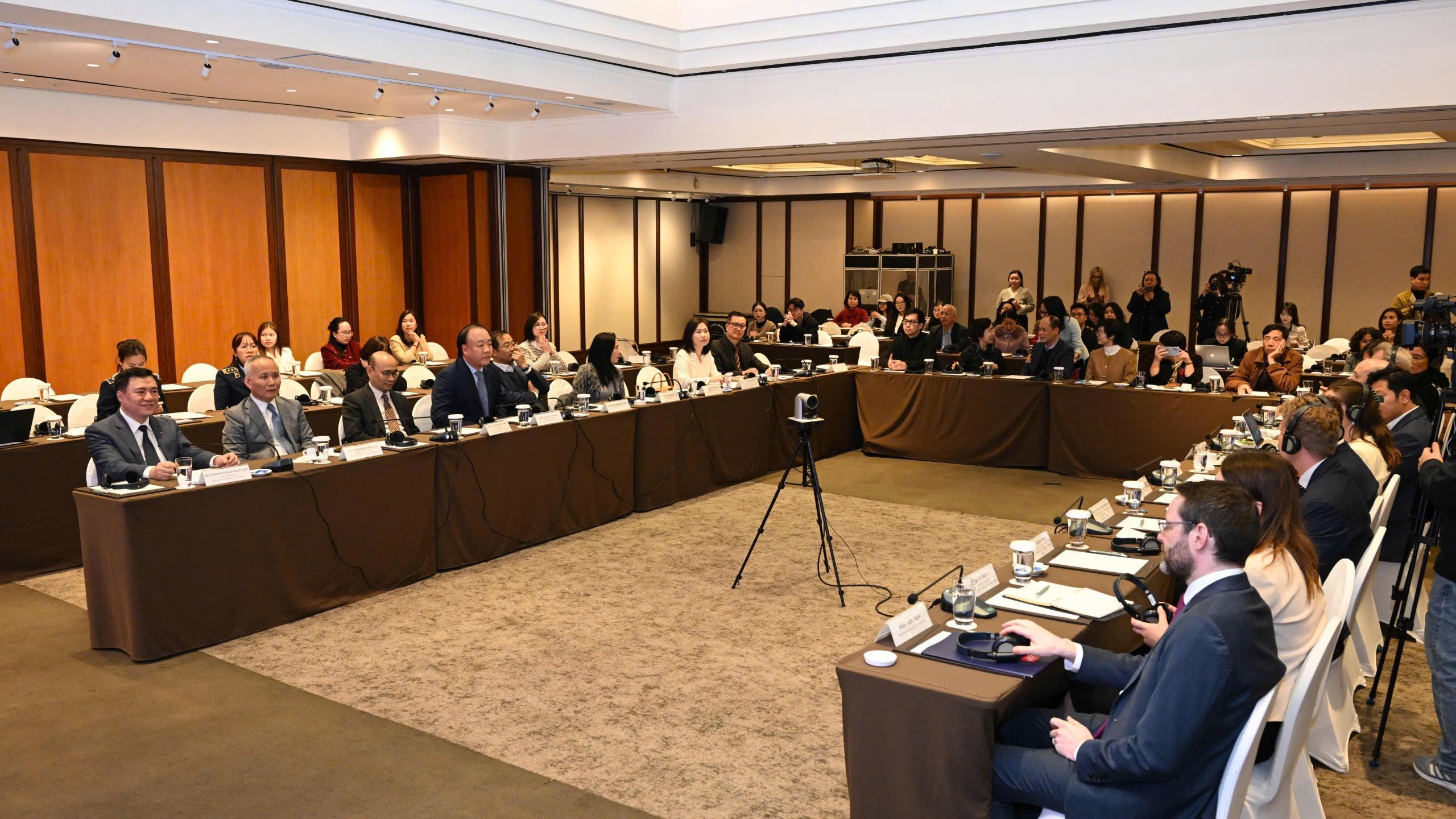
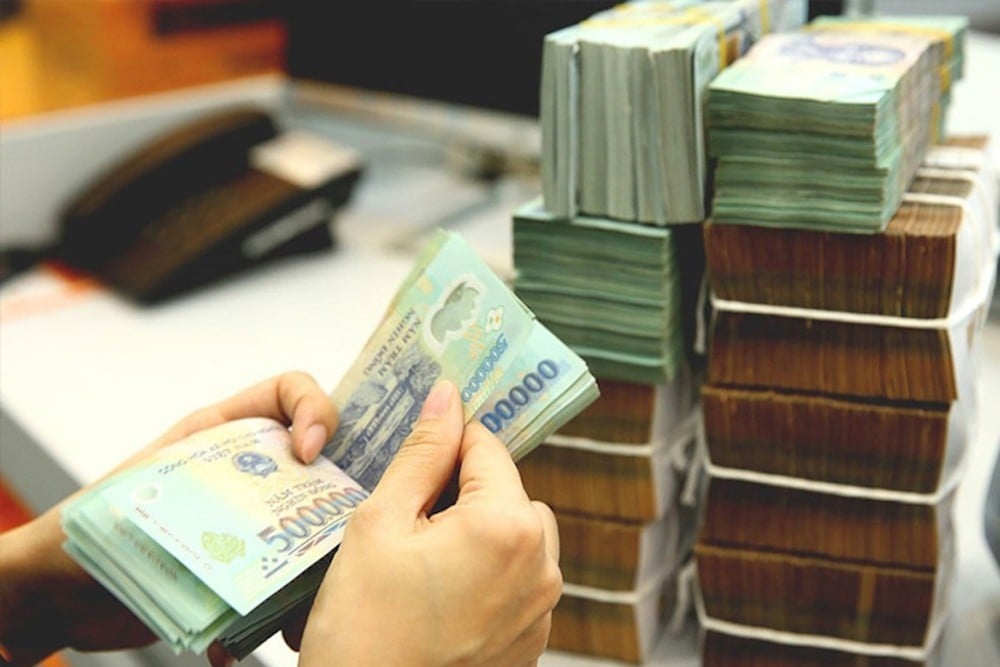
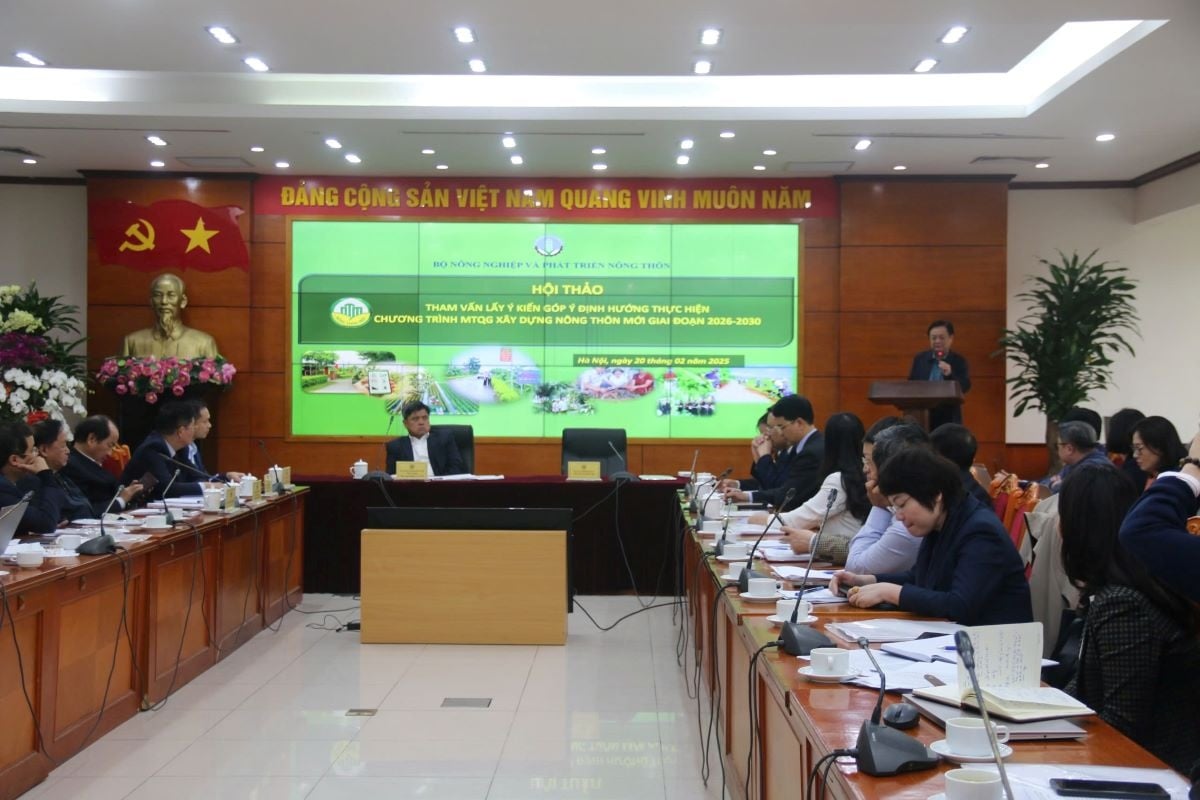
![[Infographic] Import and export in the first half of February 2025 decreased by 7.9%](https://vstatic.vietnam.vn/vietnam/resource/IMAGE/2025/2/20/27c0060d06c84c17a06f2db0aaac5a89)
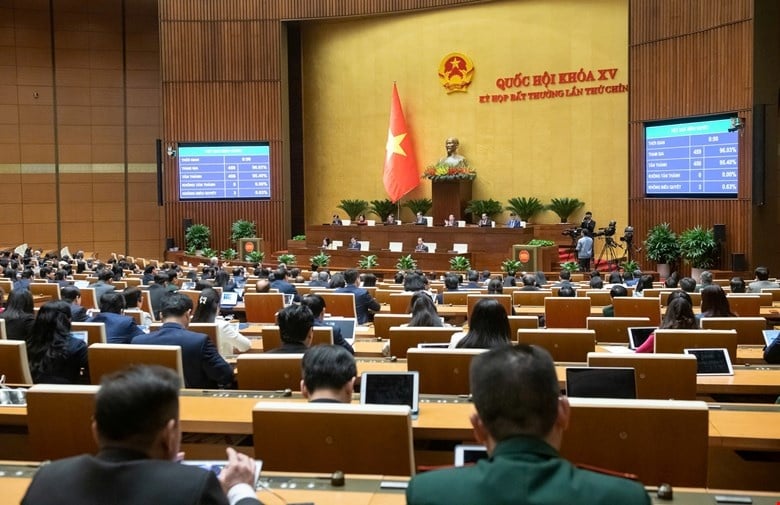











Comment (0)